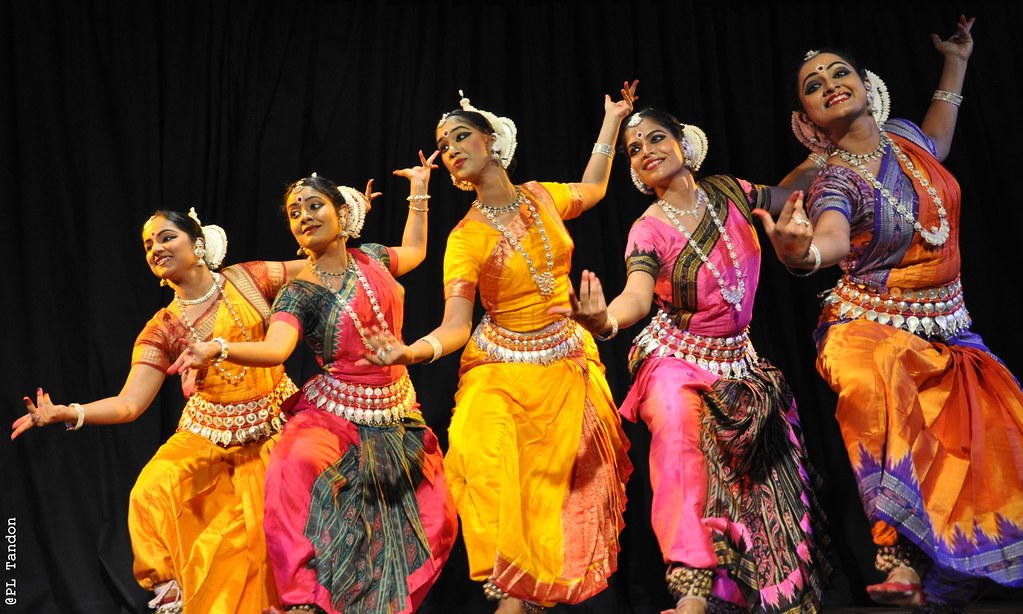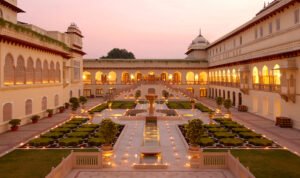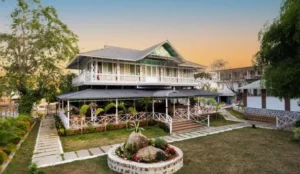Odissi is the classical dance form of Odisha, and one of the oldest surviving dance traditions in India. Known for its sculptural poses, graceful movements, and deep devotion, Odissi transforms the dancer into a visual representation of temple art and spiritual storytelling.
Rooted in temple rituals and ancient scriptures, Odissi is more than a dance – it is a moving meditation that blends spirituality with artistic beauty.
Temple Roots and Devotional Essence
Odissi traces its origins back over 2,000 years, flourishing in the temples of Odisha as a form of devotional offering to Lord Jagannath. Performed by Maharis (female temple dancers), the dance was deeply spiritual and was part of daily rituals in the temple complex of Puri.
Later, Gotipuas (young boys dressed as girls) preserved the tradition when temple dancing declined due to historical disruptions. Their contribution kept the art alive until its revival in the 20th century.
A Dance Inspired by Sculpture
One of the most striking features of Odissi is its resemblance to the stone sculptures found in ancient temples. The dancers often create postures that mirror these carvings, especially in the famous tribhanga stance — where the body bends at three points: neck, torso, and knee — creating a distinctive “S” shape full of fluidity and grace.
Other key features include:
Chowk – a square-like posture symbolizing strength and stability.
Mudras – intricate hand gestures used to convey meaning.
Abhinaya – expressive storytelling, often drawn from the Gita Govinda and tales of Lord Krishna and Radha.
Music and Accompaniment
Odissi dance is performed to Odissi music, a unique blend of classical and folk traditions. The music is lyrical and devotional, creating a spiritual ambience for storytelling.
The main instruments include:
Mardala – a traditional percussion instrument that sets the rhythm.
Flute and violin – add melody and emotion.
Manjira and harmonium – support the tempo and mood of the performance.
Costume and Aesthetics
Odissi dancers wear richly embroidered sambalpuri or bomkai sarees, adorned with silver jewelry, a waist belt, and an elaborate headpiece shaped like a temple spire. Their eyes are highlighted with kajal to emphasize expressions, and a tilaka is worn on the forehead.
Everything in Odissi—from the posture to the costume—evokes a divine presence.
Masters Who Revived the Art
Odissi’s revival in the 20th century owes much to the dedication of great gurus and dancers such as:
Kelucharan Mohapatra – often considered the father of modern Odissi.
Sanjukta Panigrahi – a pioneering performer who brought Odissi to the global stage.
Mayadhar Raut, Kumkum Mohanty, and others also contributed to shaping and preserving the dance form.
Odissi in Today’s World
Today, Odissi is performed not only in Odisha but across India and abroad. It has found a place in festivals, cultural exchanges, and contemporary interpretations, while still remaining deeply connected to its devotional roots.
The Lasting Beauty of Odissi
Odissi is a dance of devotion, sculpture, and soul. It invites the audience into a world where myths come alive, and every movement is a prayer in motion. In its elegance and depth, Odissi continues to enchant audiences and inspire generations of dancers to carry forward its sacred legacy.









